Fix It Before It Breaks: A Farmer's Guide to Combine and Harvester Maintenance
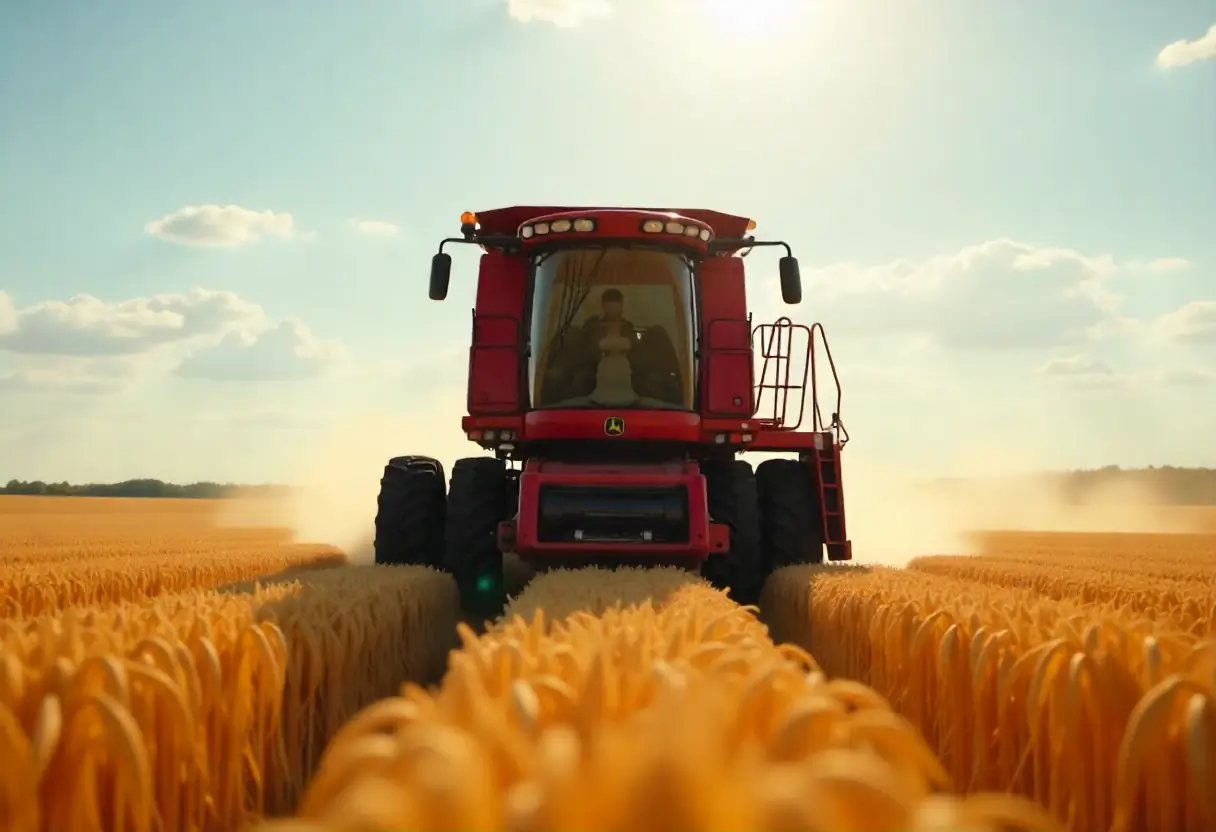
In this comprehensive guide to combine and harvester maintenance, you’ll learn how to prevent up to 65% of harvest failures caused by missed pre-season inspections and poor maintenance practices. Most breakdowns during harvest season can be avoided with a proper pre-harvest checklist and field-ready machinery strategy. By following a seasonal farm machinery servicing calendar and prioritizing pre-season combine maintenance, farmers can extend equipment life by 30% and reduce in-field breakdowns by 60%.
Catching issues like worn bearings, dirty cleaning fans, or dull blades early prevents costly damage to shafts, belts, and other key components. Digital tracking tools also play a vital role - farmers using them report 25% fewer missed service intervals and 20% more equipment uptime. Whether you're managing an older harvester or the latest precision farming equipment, this guide covers maintenance schedules, early warning signs, common failure points, and the impact of regular software updates on combine performance.
Understand How Combine Harvesters Work and Fail
Combine harvesters represent marvels of agricultural engineering, integrating multiple harvesting operations into one efficient machine. Understanding their operation and robust construction helps prevent costly breakdowns during critical harvest periods.
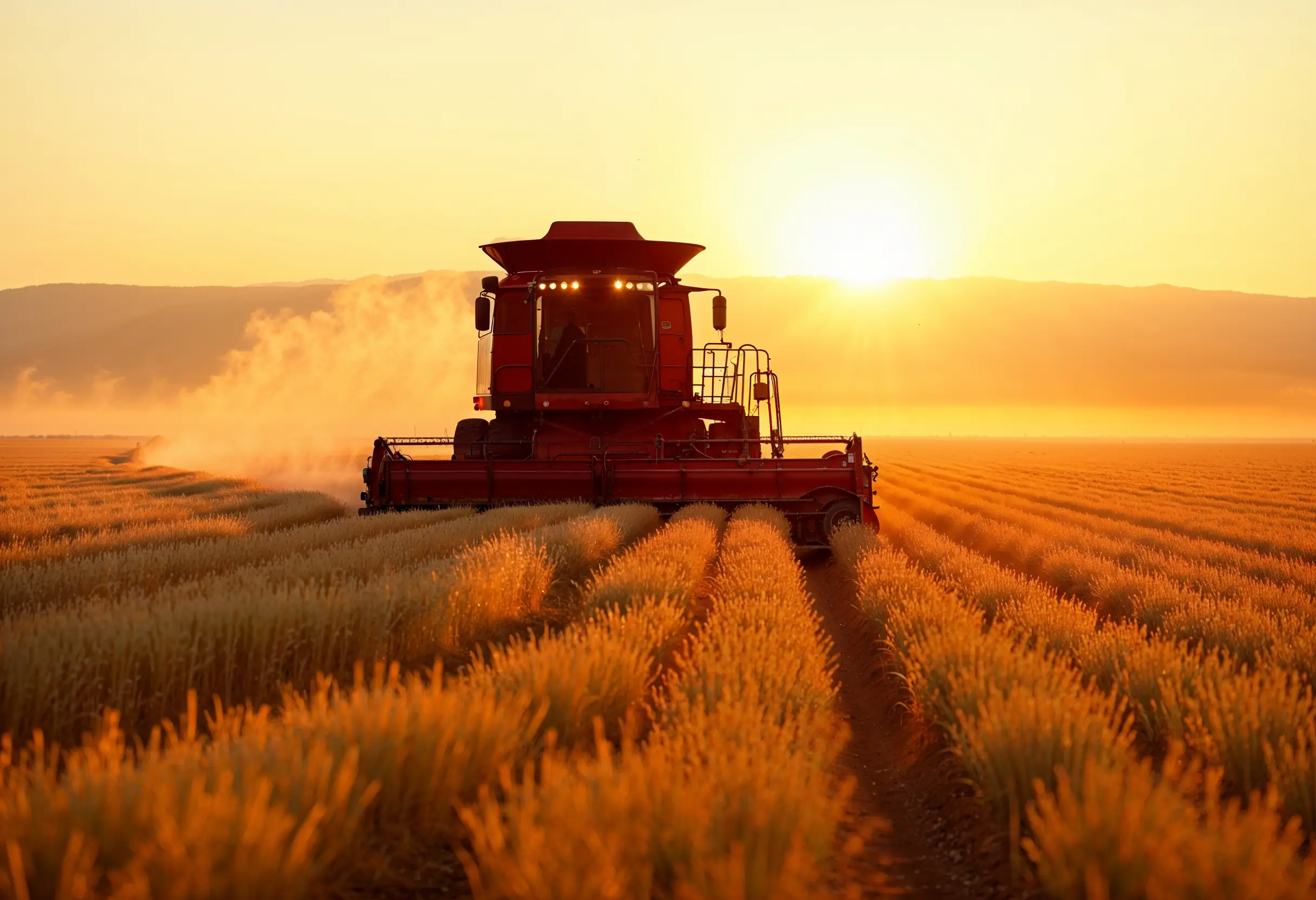
Basic components and their functions
Modern combine harvesters consist of four primary systems working in harmony. The intake mechanism (header) cuts crops and feeds them into the machine. Next, the threshing and separation system uses horizontal rasp bars to separate grain from stalks. The cleaning system removes debris through sieves and fans, whereas the grain handling system stores and unloads the clean grain.
At the front, the reel pushes crops toward the cutter bar, which slices stalks at their base. Spinning augers then move the cut material to the threshing drum where grain separates from chaff. After cleaning, grain travels to the storage tank until unloaded via the side pipe. The robust construction of these components ensures durability and longevity, but proper maintenance is still crucial.
What breaks first on a combine?
Typically, the feeder house components deteriorate first, especially slats, chains, and tensioners. These parts must operate in parallel with proper tension to prevent destruction of the entire feeder house. Regular inspection of feeder house connections is essential for maintaining optimal performance.
Bearings rank as another common early failure point. A technician at Diamond K Combine Repair notes, "When things break during harvest, they usually require more parts to fix". For instance, a loose bearing caught during preseason would need only replacement parts, yet if failed completely, it might ruin shafts, belts, or surrounding components.
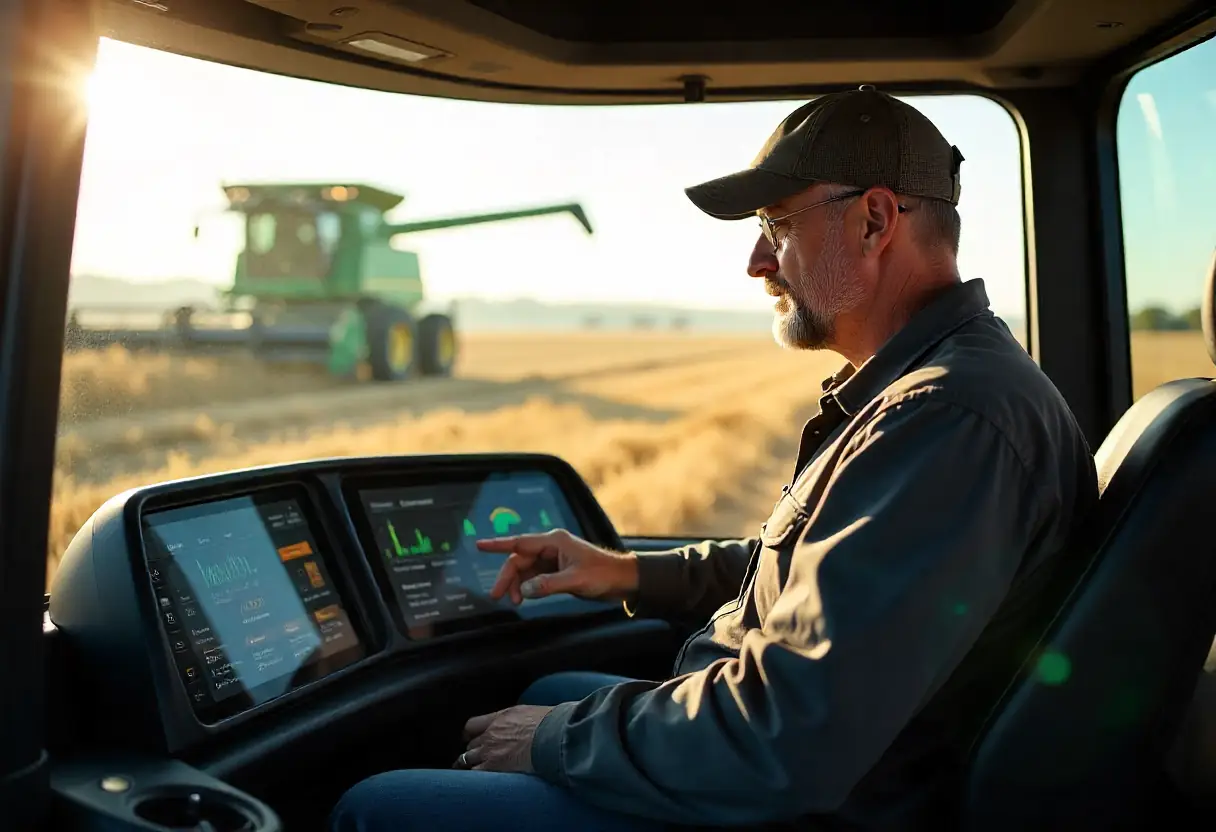
Top combine repair issues during harvest
Several critical issues plague combines during operation. The cleaning shoe fans often suffer damage from residue ingestion, affecting calibration accuracy and threshing efficiency. Elevator paddles and sagging chains lead to reduced performance and field loss.
Moreover, persistent overheating and coolant circulation problems commonly affect combine engines despite repairs. Fire hazards present another serious concern, primarily starting near engines where dust and dry crop debris accumulate or from failed bearings introducing heat. Proper equipment protection measures can help mitigate these risks.
Want to identify potential failure points on your specific combine model? Contact MCH Parts today for expert guidance on common breakdown areas and preventive solutions tailored to your equipment.
Spot the Early Signs of Harvester Reliability Issues
Spotting early warning signs in your combine harvesters can save thousands in repair costs and prevent catastrophic breakdowns during critical harvest windows. Research shows that 80% of mechanical structure damage relates directly to vibration issues, making early detection essential for machine longevity.
Unusual noises, vibrations, or overheating
Listen carefully to your combine's "language" - specific sounds indicate particular problems. A "bam" or "pop" when engaging the separator often signals a broken shear bolt on an auger or belt drive. Rapid-fire rattling accompanied by burning rubber odor typically means a slip clutch is warning about system overload.
Regular "clang-clang-grinding" sounds occurring mainly on end-rows suggest failed auger bearings. Meanwhile, thermal imaging during operation reveals potentially problematic bearings - those significantly hotter than others require immediate attention.
Excessive vibration results from loose bearings, bent arms, or worn bushings, eventually leading to chaffer and sieve damage. Consequently, 75% of mechanical structure damage connects directly to vibration issues.
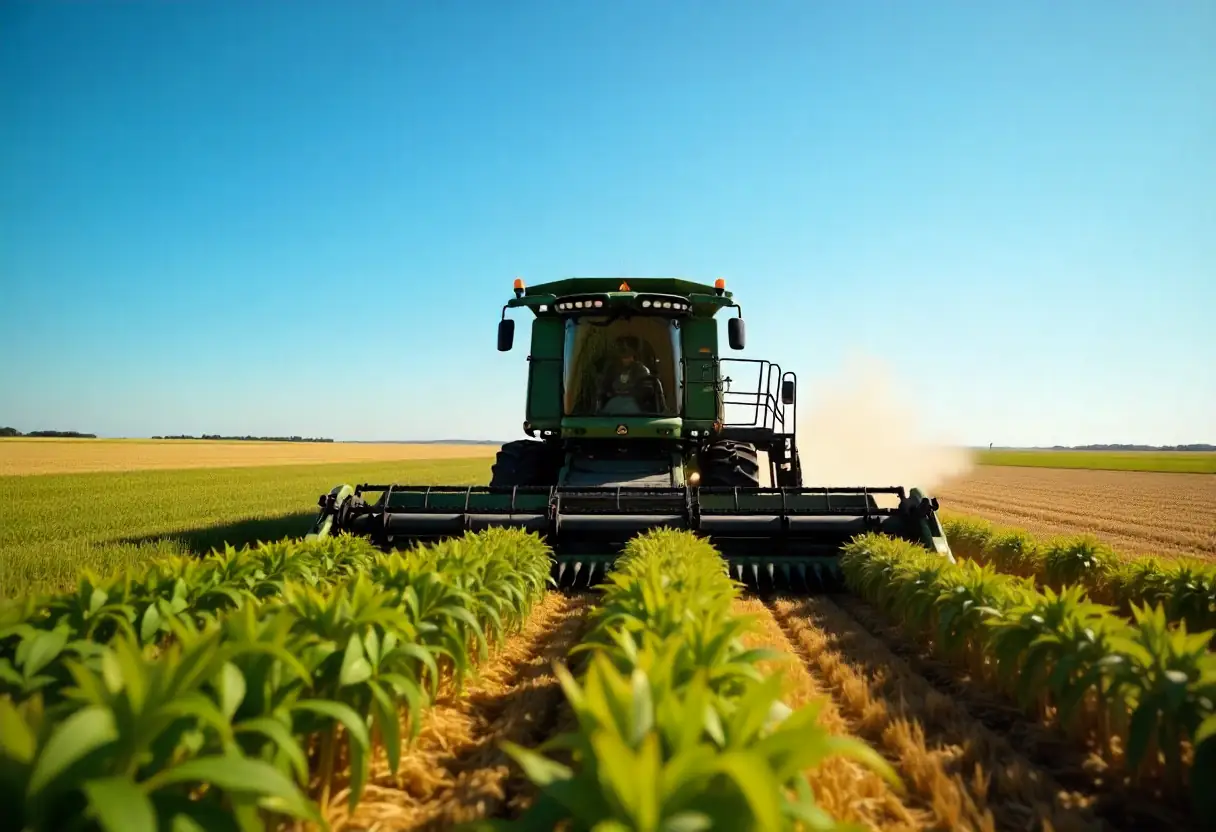
Sensor errors and calibration problems
Yield monitor inaccuracies, although not stopping harvest, jeopardize valuable field data. Proper calibration of mass flow sensors remains vital for accurate measurements. Regular software updates can help maintain the accuracy of these systems and improve overall precision farming capabilities.
Inspect sensors periodically for dirt buildup and debris obstructions. Additionally, check clean grain elevator chain tension regularly since improper tension affects yield monitor accuracy, often requiring recalibration. Examine all sensors, wires, and connections to ensure they're clean and functioning correctly.
Fluid leaks and pressure drops
Learn to differentiate between leak severities: a light film ("weep") requires monitoring only; fluid accumulating to drip ("seep") needs fitting tightened; visible spray demands immediate shutdown.
High-probability leak locations include the feeder-house lift circuit, unloading auger pivot, hydrostatic drive motors, steering orbitals, and main pump case drain. A single breach in a high-pressure line can discharge several gallons per minute, halting threshing operations.
Need help identifying early warning signs specific to your combine model? Contact MCH Parts today for diagnostic tools and expert troubleshooting guides that can help you detect problems before they become costly failures.
Create a Preventive Maintenance Plan That Works
Proactive maintenance reduces harvest-time breakdowns by over 40%, making a structured maintenance plan essential for combine harvesters. Regular upkeep also extends equipment life by up to 30% while increasing operational reliability. A personalized maintenance plan tailored to your specific equipment and farming conditions can further enhance these benefits.
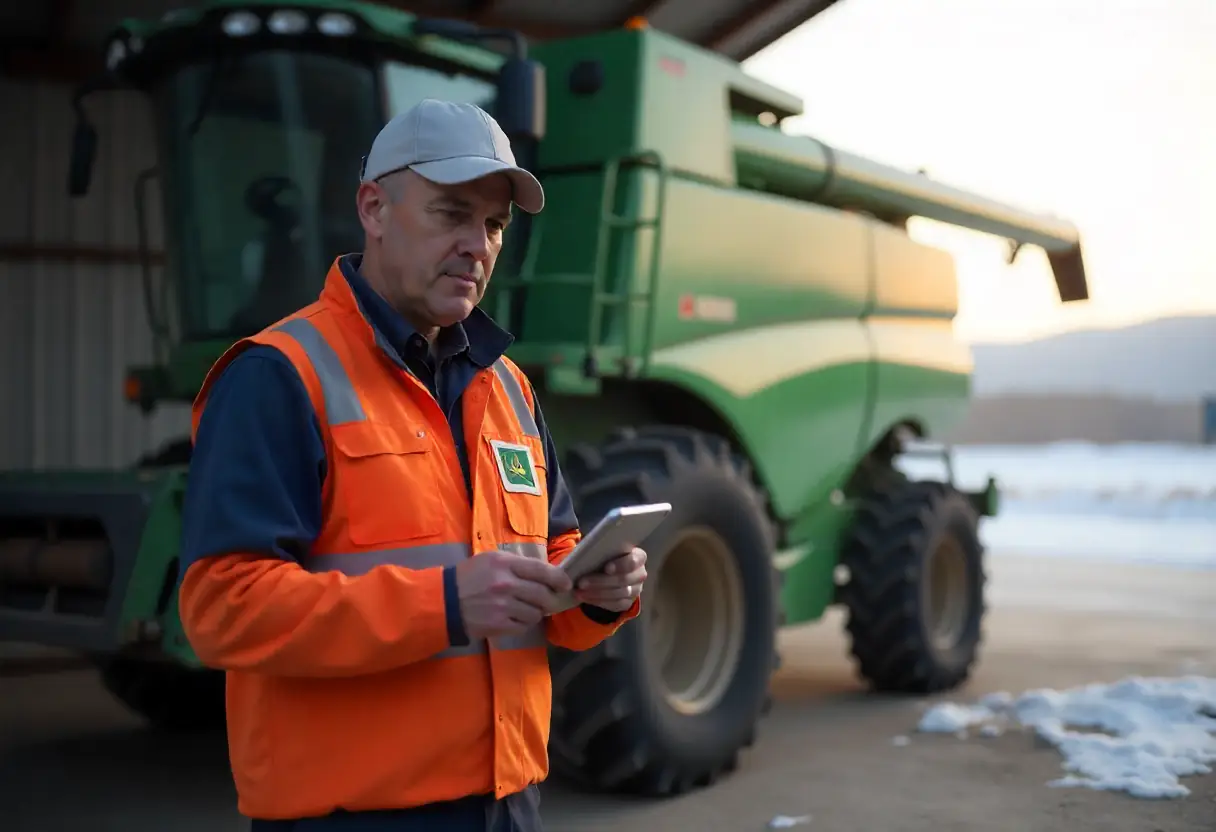
Build a combine maintenance schedule by season
Winter offers the ideal time for comprehensive combine servicing and thorough equipment examination. Initially, perform a thorough cleaning, removing all crop residue and debris. Check all belts, chains, and bearings for wear, replacing any questionable components with high-quality materials. Inspect cylinder bars for straightness and walkers for damage. Finally, change all fluids, filters, and properly lubricate according to manufacturer specifications.
Use a harvester maintenance checklist for each stage
Pre-season combine maintenance should include engine oil and filter replacement, hydraulic and transmission fluid verification, and cooling system inspection. Daily maintenance involves greasing high-wear components, checking fluid levels, and monitoring tire pressure. Post-harvest procedures include blowing out all dirt, cleaning the radiator, emptying the grain tank, and properly lubricating all components.
Track service history and parts usage digitally
Digital maintenance tracking reduces missed service intervals by 25%. Electronic records allow immediate access to complete service history for each component. This system automatically collects both in-house and outsourced maintenance data, helping identify recurring issues and optimizing replacement schedules. Digital tracking also provides insights into service costs and optimal vehicle replacement windows, contributing to more effective precision farming practices.
Troubleshoot and Fix Common Combine Problems
When dealing with combines and harvesters in the field, swift troubleshooting skills save precious harvest time. Let's examine the most common mechanical issues you might encounter and how to address them to maintain optimal threshing efficiency.
Feeder house and chain tension issues
Proper feeder house chain tension directly impacts harvesting efficiency. Adjust the chain to manufacturer specifications - typically where outer strands just touch the runner at the center of the inspection door. Remember that center strands normally sag more due to slat weight and crop pressure. Excessive tension causes bent eyebolts and potential shaft failure. For feeder house congestion problems, adjust the chain to maximum length and run it as fast as possible to prevent ears from piling up. Regular inspection of feeder house connections is crucial for maintaining optimal performance.
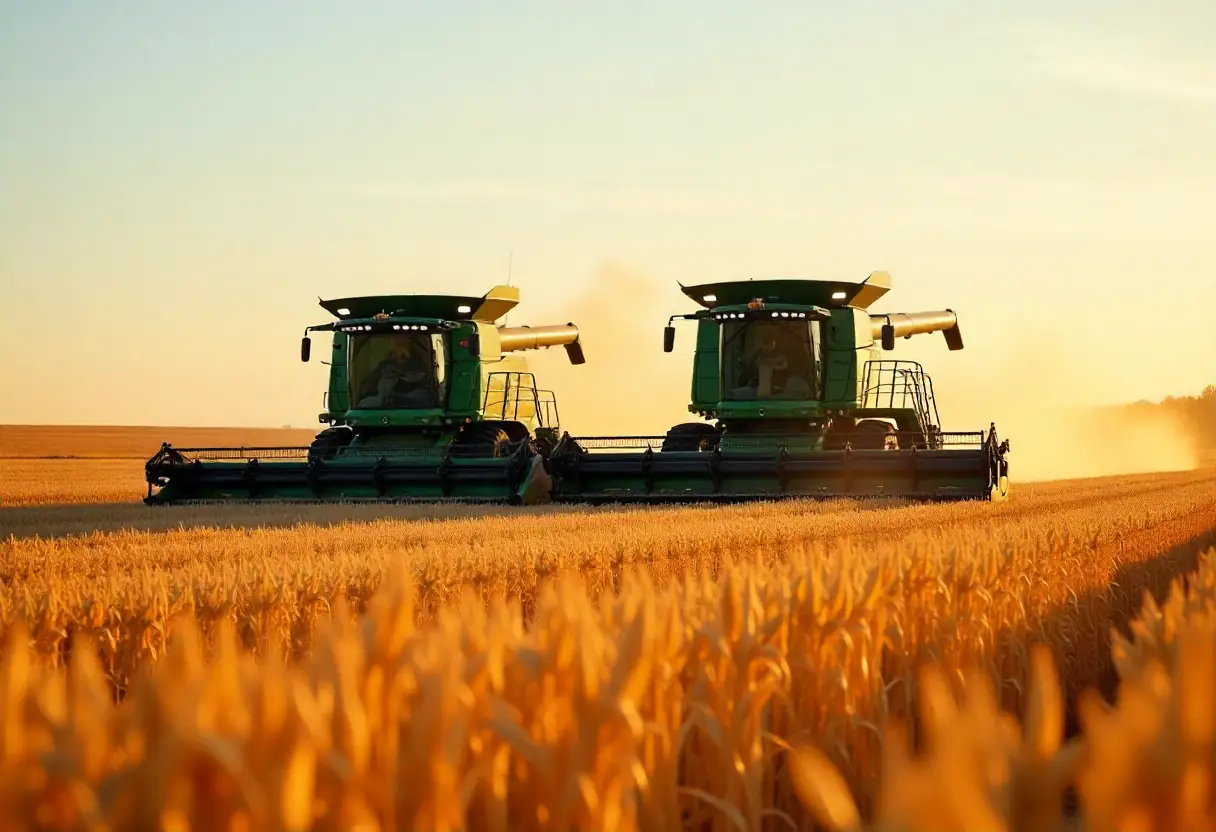
Cleaning shoe fan and airflow blockages
Fan speed adjustments prove critical for clean grain delivery. If set too low, debris flows into the grain tank; if too high, grain loss occurs out the back. Studies show airflow velocity varies significantly across the cleaning shoe (3.75-10.2 m/s), with stronger flow in the center (2.2-8.6 m/s) and weaker at the edges (0.2-2.2 m/s). Check for uneven airflow distribution, which increases at higher fan speeds. Automated settings can help maintain optimal fan speeds for various crop conditions.
Elevator paddles and grain flow errors
Missing elevator paddles and sagging chains frequently cause yield monitor inaccuracy. Inspect your grain elevators by removing drive belts and rotating the chain assembly to check for damaged paddles. Replace worn or missing paddles immediately and recalibrate sensors. Maintain proper chain tension—too loose causes grain falling back down the elevator.
Electrical faults and battery failures
Electrical system failures account for approximately 30% of harvesting machinery faults. Modern combines often experience battery drain issues when parked—even overnight. Consider installing a manual battery disconnect switch after each use. Perform comprehensive electrical system testing to detect potential failures before they occur in the field. Regular software updates can help address and prevent electrical issues in modern combines.
Hydraulic system leaks and pressure loss
Learn to identify leak severity: a light film around a crimp ("weep") requires monitoring; fluid accumulating to drip ("seep") needs immediate attention; visible spray demands shutdown. Common leak locations include the feeder house lift circuit, unloading auger pivot, hydrostatic drive motors, and steering orbitals. For hydraulic pressure loss, check pump strainers, worn components, water contamination, and relief valve settings.
Need specialized combine repair parts or troubleshooting guidance? Contact MCH Parts today for expert support and quality replacement components tailored to your specific harvester model.
Conclusion
Proper combine and harvester maintenance is the key to avoiding costly downtime and maximizing harvest productivity. As highlighted in this guide, a proactive maintenance approach - including seasonal service schedules, pre-season combine inspections, and early warning sign detection - can reduce breakdowns by 60% and increase equipment life by 30%. Most failures don’t occur overnight - they develop from ignored signs like abnormal vibrations, fluid leaks, or unusual noises. Digital tracking of your service history helps prevent missed intervals and boosts uptime by 20%.
Don’t overlook the power of precision farming tools and regular software updates in keeping modern agricultural machinery running at peak performance. When dealing with hard-to-find parts or recurring repair issues, MCH Parts offers expert support, global sourcing, and custom solutions tailored to your exact equipment.
For specialized parts sourcing or expert maintenance support, contact MCH Parts and keep your combine harvest-ready and running strong.
Key Takeaways
Proactive combine maintenance can prevent costly breakdowns and significantly extend your equipment's lifespan while maximizing harvest productivity.
• 65% of harvest failures are preventable through proper pre-season inspections and regular maintenance schedules
• Create seasonal maintenance plans - winter for comprehensive servicing, daily checks during harvest, post-harvest cleaning
• Watch for early warning signs - unusual noises, vibrations, fluid leaks, and sensor errors indicate developing problems
• Digital tracking reduces missed service by 25% and helps identify recurring issues before they become major repairs
• Focus on high-failure components first - feeder house chains, bearings, cleaning shoe fans, and elevator paddles break most often
When components fail during harvest, they typically require more extensive repairs than if caught during preventive maintenance. A loose bearing identified early needs only replacement parts, but complete failure can damage surrounding shafts, belts, and other components, multiplying repair costs and downtime.
FAQs
Q1. What are the essential steps for maintaining a combine harvester? Regular cleaning, routine inspections, timely repairs, and proper storage are crucial. Familiarize yourself with your machine, clean it after each use, perform regular checks, address issues promptly, and store it correctly when not in use. Implementing a thorough equipment examination routine and staying up-to-date with software updates are also key to maintaining optimal performance.
Q2. How should I clean my combine harvester effectively? Start by powering up the unloading auger to remove biomaterial. Vacuum remaining debris from the sump, cross augers, and unloading auger exit. Remove the head, lower the feederhouse, and use compressed air to blow out the interior. Pay special attention to areas where debris accumulates. Regular cleaning is an essential aspect of equipment protection and maintaining threshing efficiency.
Q3. What is the typical lifespan of a combine harvester? A combine can last up to 17-20 years with proper maintenance. By this age, it may have 4,000-5,000 engine hours and 2,500-3,000 separator hours. The machine's value typically depreciates to about 10-20% of its original price at this point. However, with a personalized maintenance plan and the use of high-quality materials in repairs, you may be able to extend this lifespan.
Q4. How can I identify early warning signs of combine harvester issues? Listen for unusual noises like rattling or grinding sounds. Watch for excessive vibrations, which often indicate loose bearings or worn parts. Check for fluid leaks and pressure drops in hydraulic systems. Also, pay attention to sensor errors and calibration problems in the yield monitor. Regular software updates can help maintain the accuracy of these systems and improve overall precision farming capabilities.
Q5. Why is digital tracking important for combine maintenance? Digital tracking of maintenance reduces missed service intervals by 25% and increases equipment uptime by 20%. It allows for immediate access to complete service history, helps identify recurring issues, optimizes replacement schedules, and provides insights into service costs and optimal vehicle replacement timing. This approach supports precision farming practices and helps create a more efficient, personalized maintenance plan for your equipment.
Read More

Seeder Bearing Parts Sourcing Guide: Critical Components & Strategy
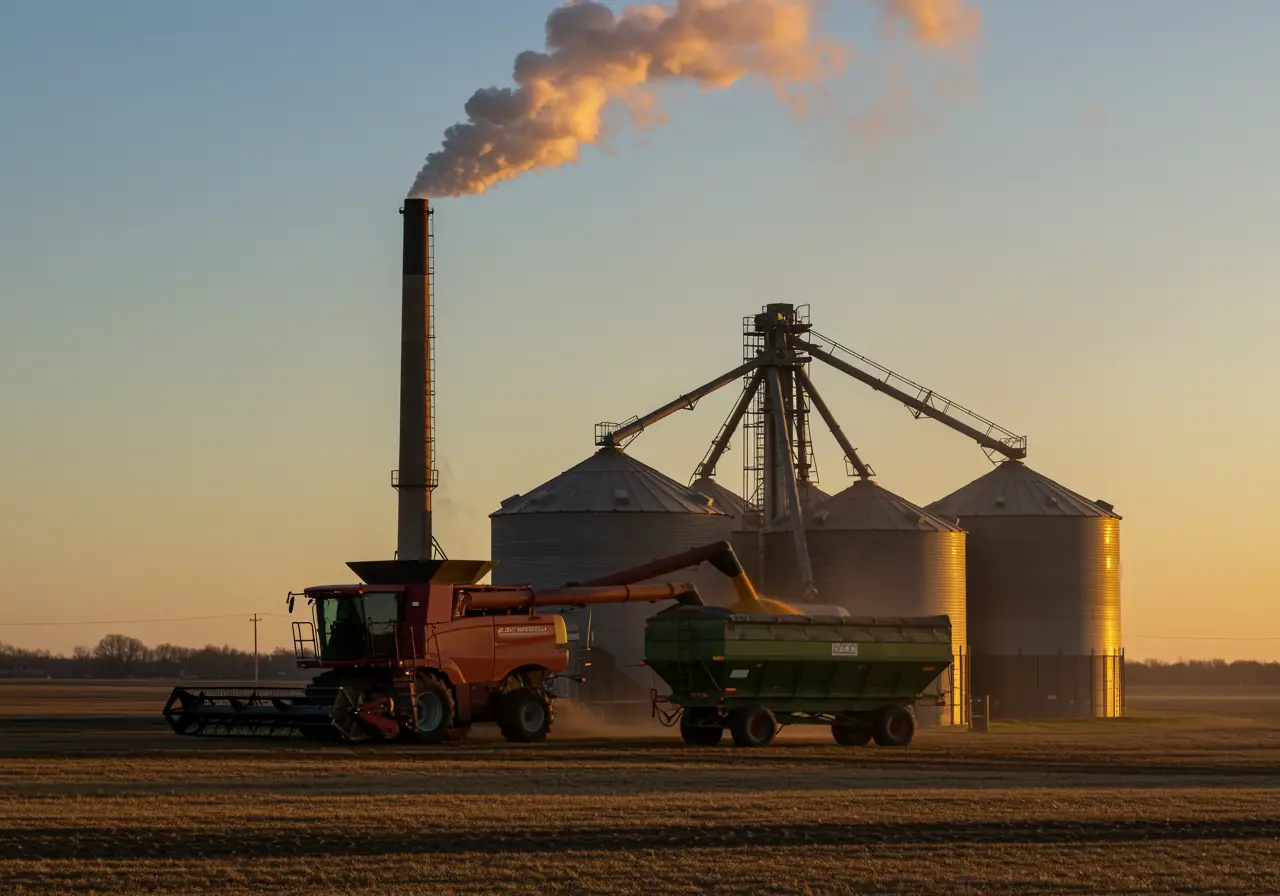
Downtime Prevention Through Smart Inventory for Grain Dryers
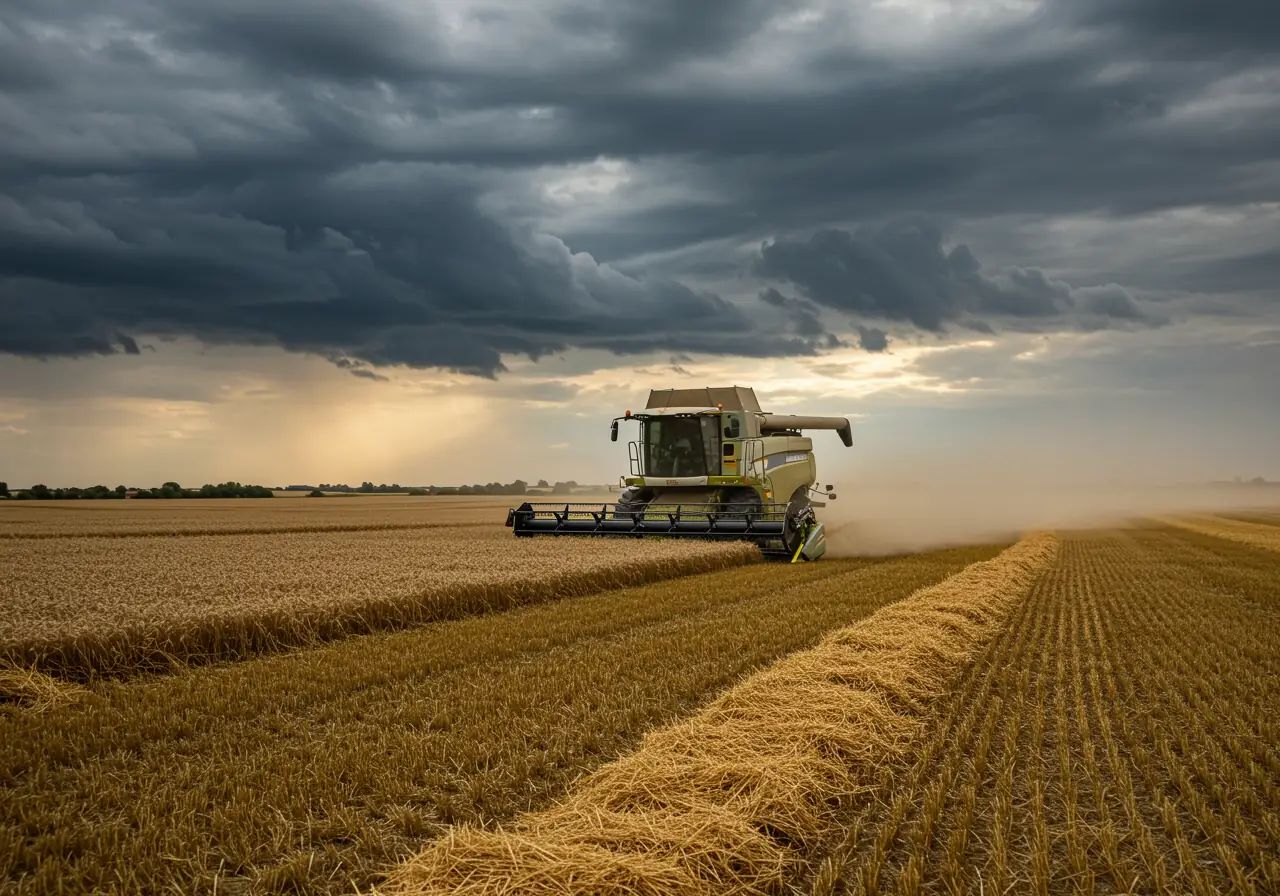
Combine Harvester Breakdown Prevention Guide: Predictive Analytics for Zero Downtime
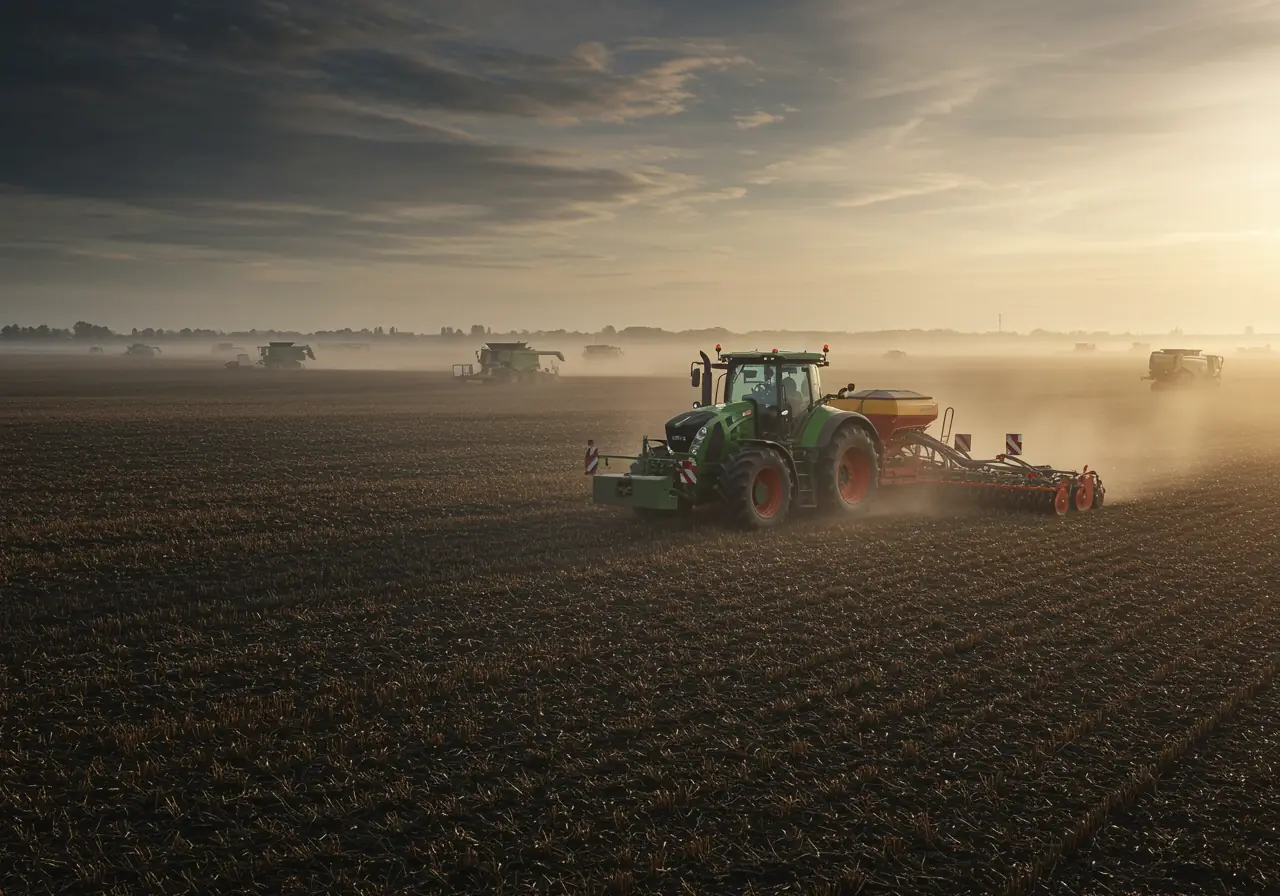
Master Global Agricultural Parts Delivery | Mid-Season MRO Guide

Fixing Haul Truck Downtime Issues: Remote Parts Strategy Guide 2025

Blasting Equipment Safety Compliance: Must-Know Audit Requirements for 2025

The Step-by-Step Guide to Global Drill Rig Consumables Sourcing

Mining Conveyor Maintenance Guide: Detecting Hidden Risks in Underground Systems
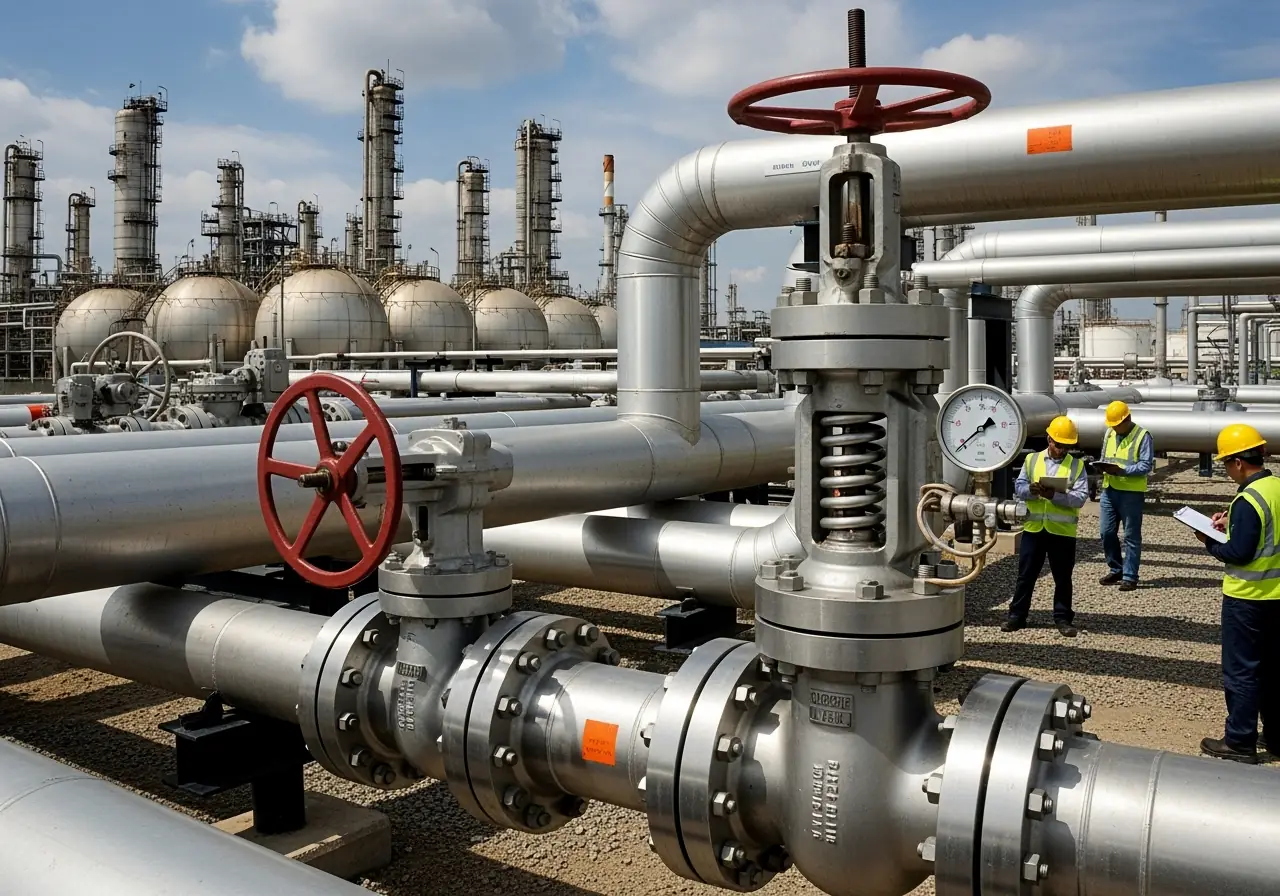
Best Practices for Certified Pipeline Valve Selection: From Specs to Installation

Optimizing Oil Rig PPE Delivery: Proven Strategies That Saved $2M Annually

FPSO Smart Parts Planning: Proven Methods to Cut Downtime

How FPSO Inspection Prevents Million-Dollar Shutdown Losses

Fix It Before It Breaks: A Farmer's Guide to Combine and Harvester Maintenance

Why Fast Tractor Parts Delivery is Changing Modern Farming [2025 Guide]

The Critical Farm Equipment Replacement Parts You Need Before Harvest 2025
.webp)
How to Double Your Farm Efficiency: Expert Guide to Smart Scaling

Cut Costs by 30%: Pre-Season Spare Parts Audit Checklist

Proven Success Factors for Agricultural Equipment Manufacturers in 2025

13 Overlooked Farm Spare Parts That Halt Operations — Pt. 2
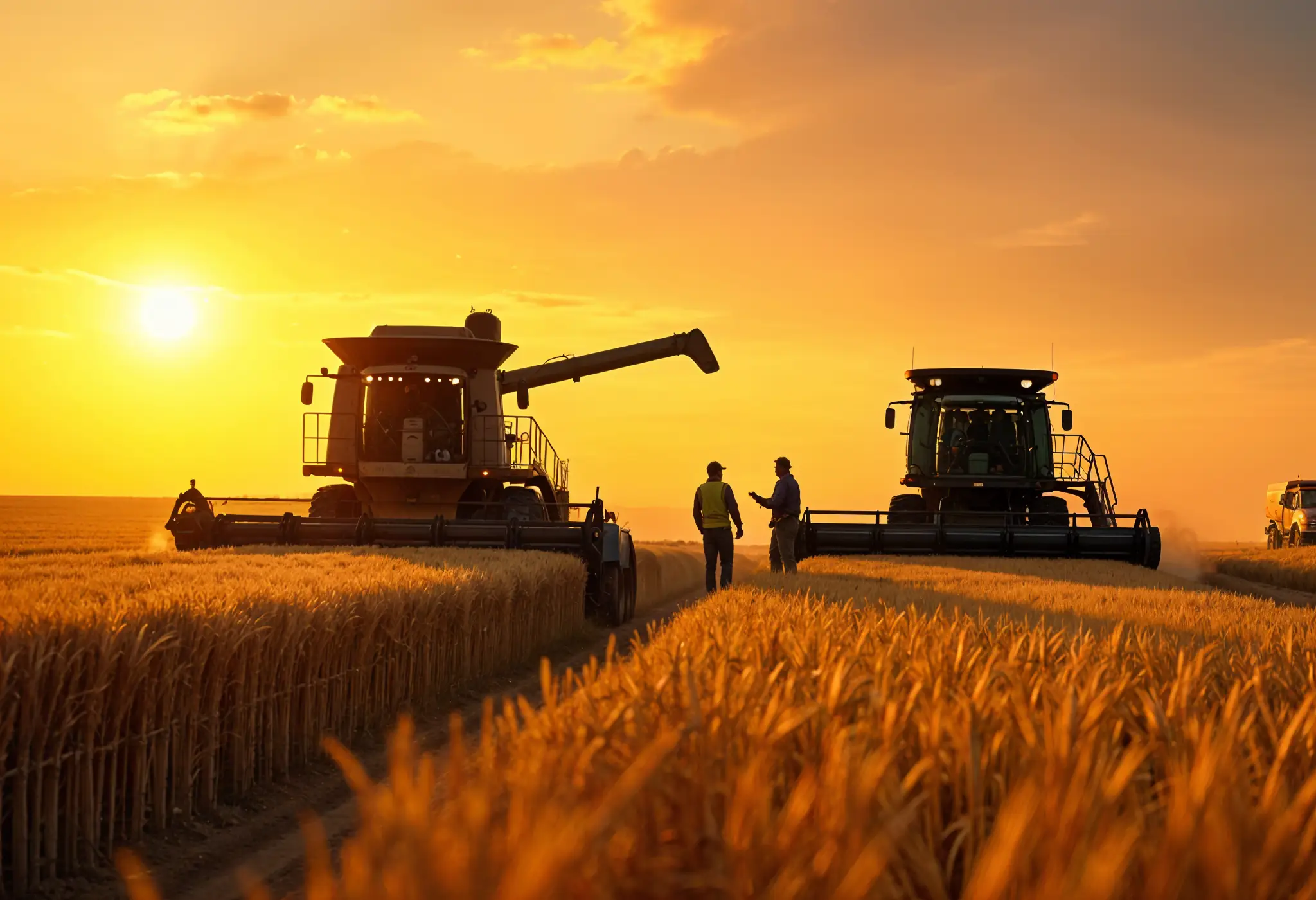
13 Overlooked Farm Spare Parts That Halt Operations — Pt. 1
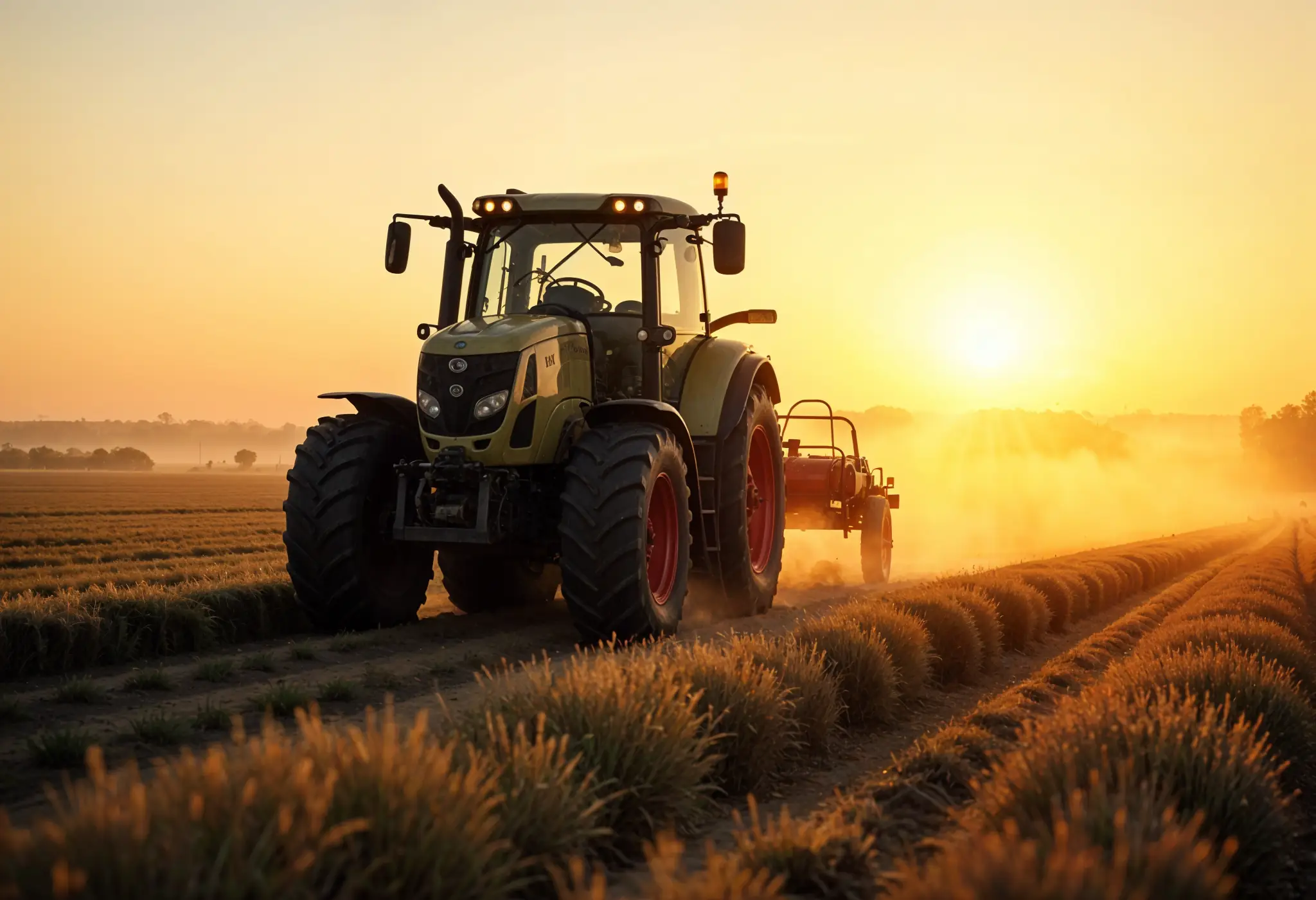
Top Hydraulic Components for Agricultural Equipment in 2025: Complete Guide
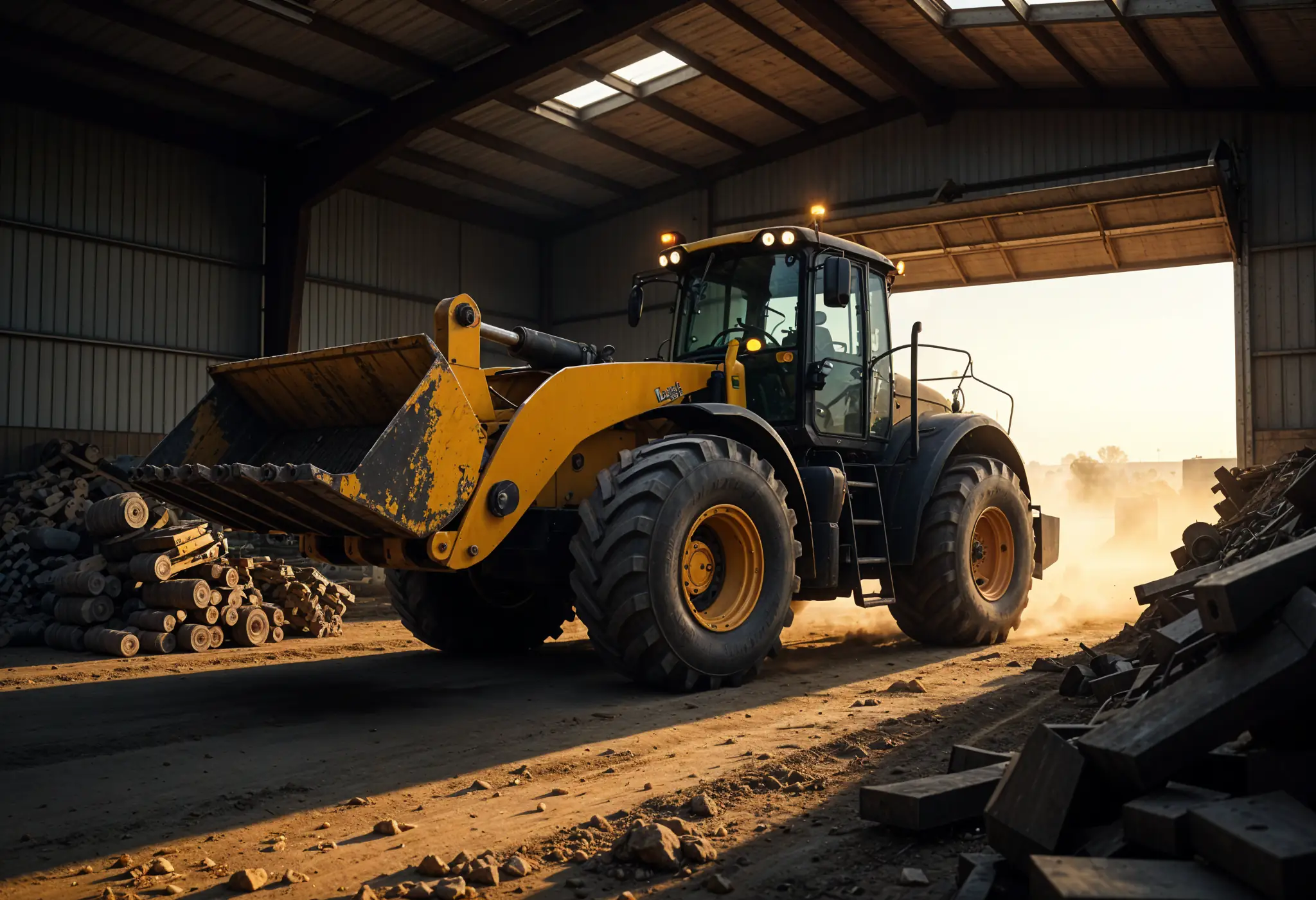
The Essential Farm Equipment Parts You Can't Afford to Run Out Of
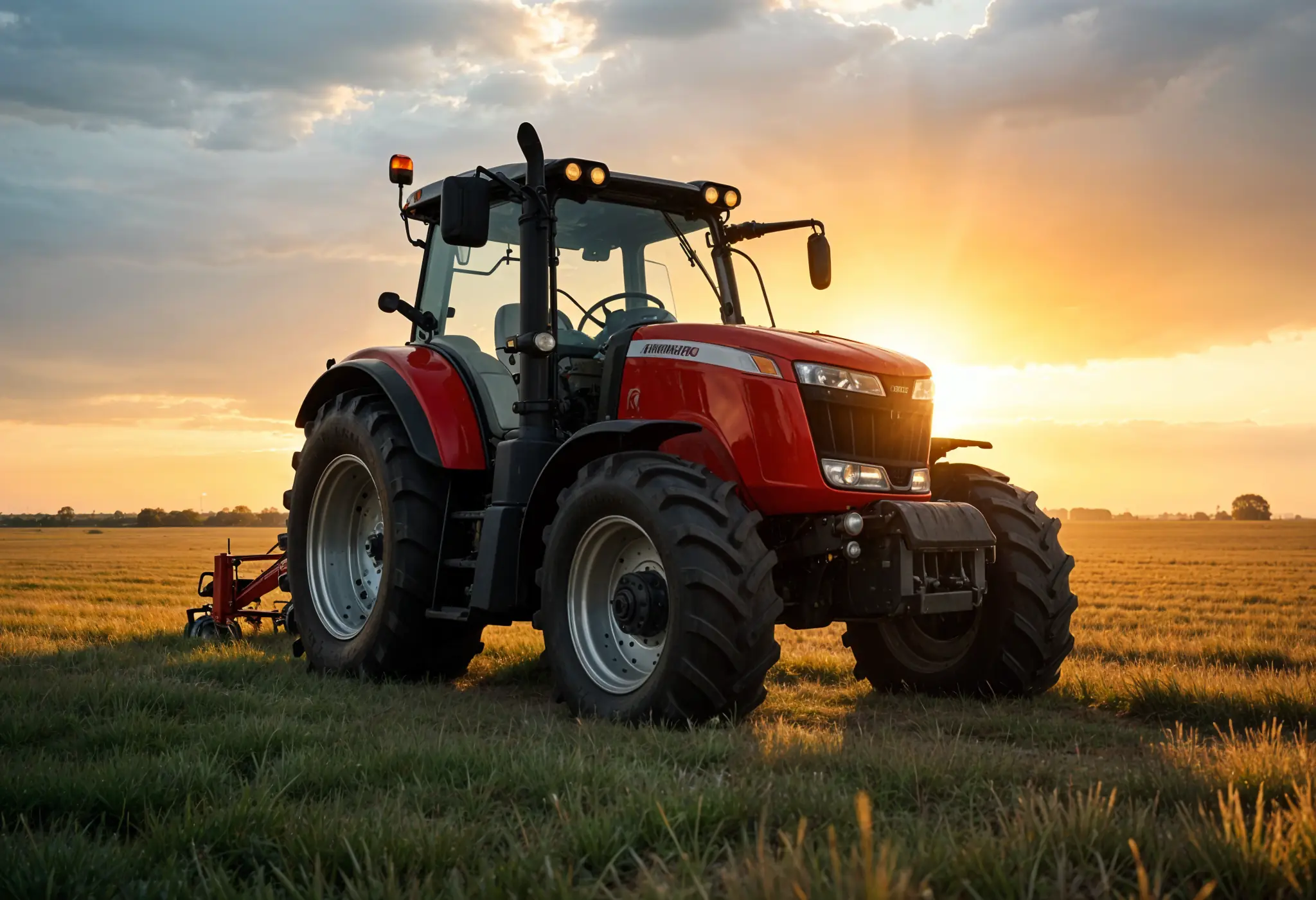
How to Service Farm Equipment: A Farmer's Guide to Zero Harvest Downtime
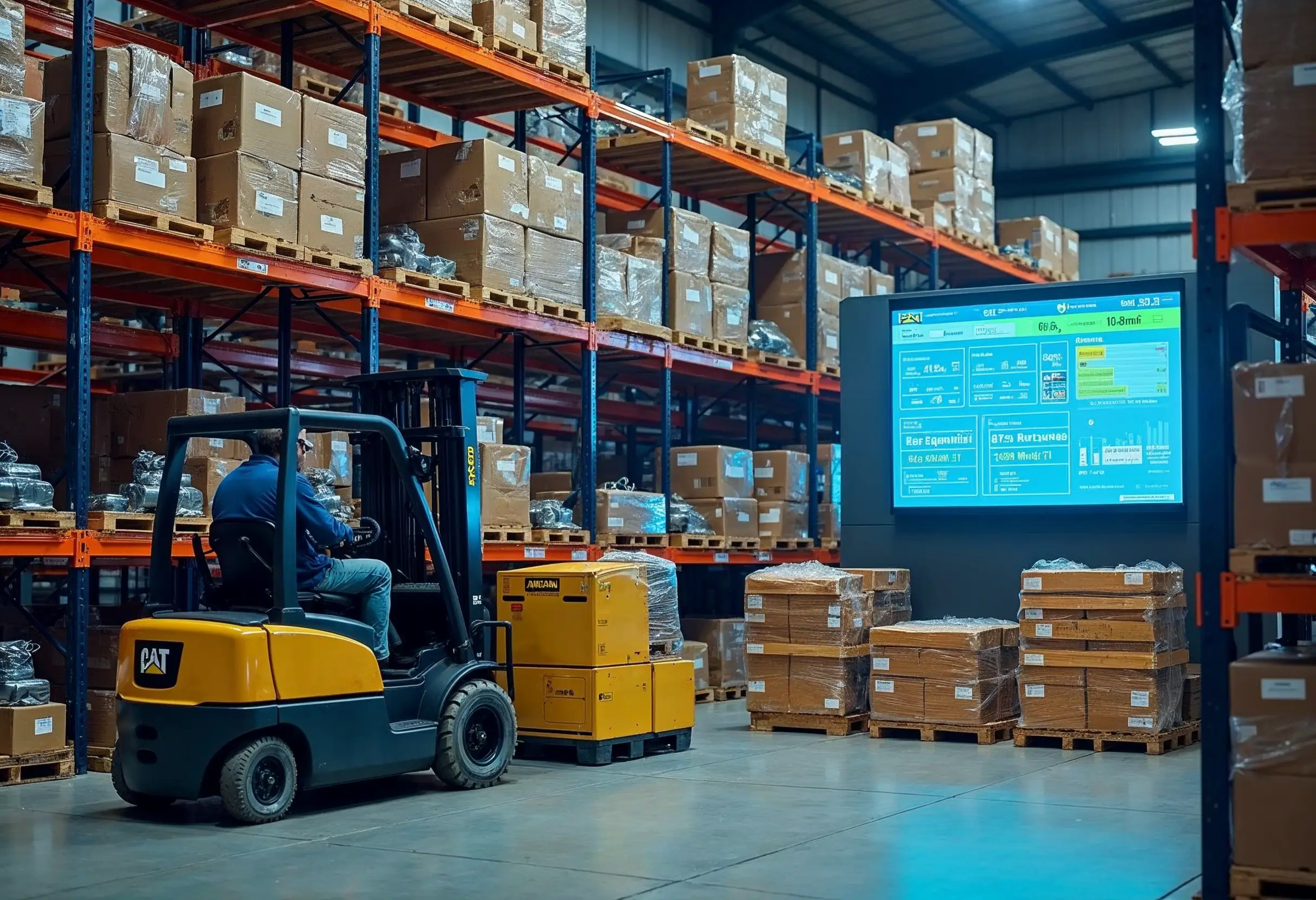
Construction Machinery Parts Suppliers: Expert Selection Guide
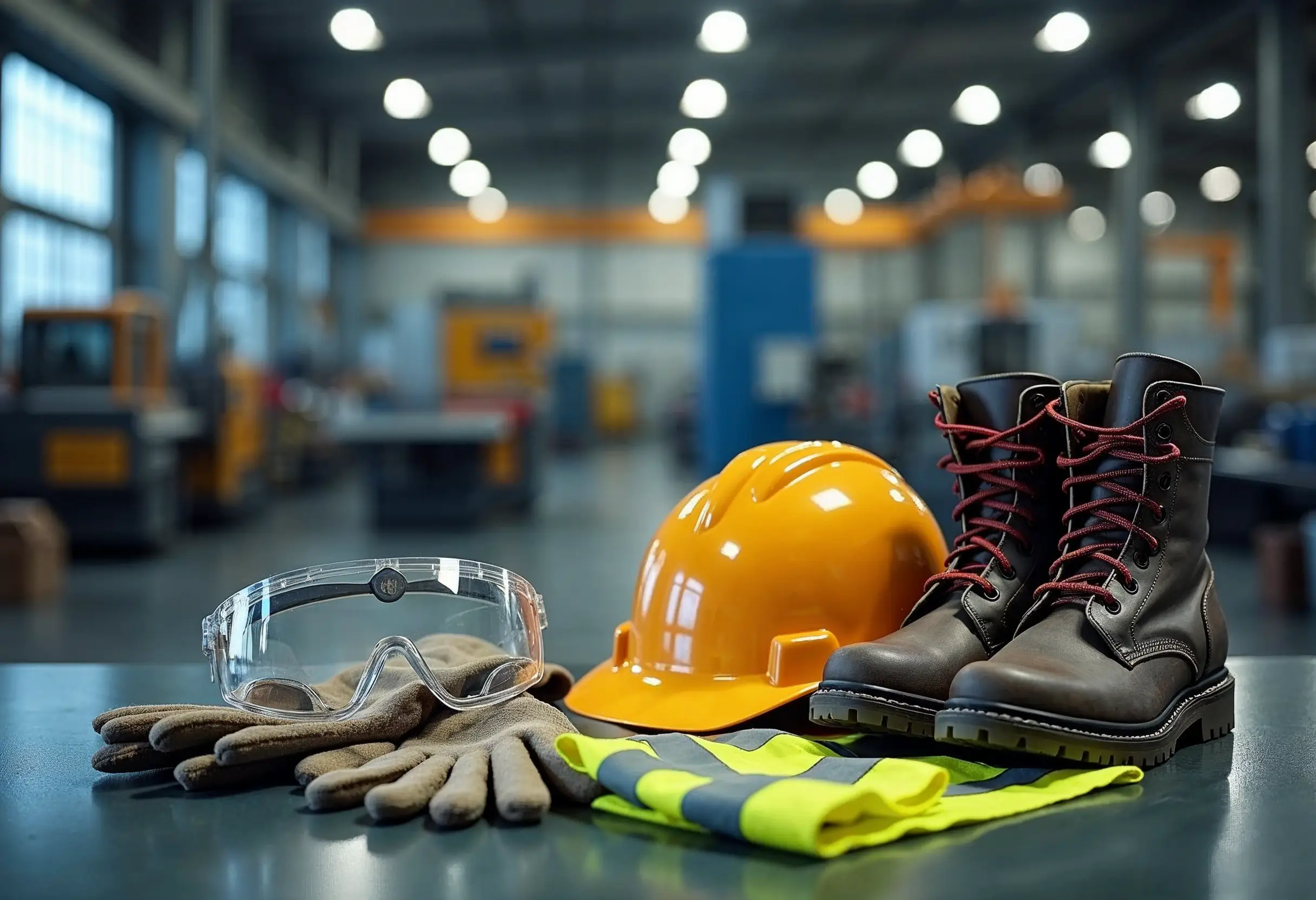
How to Apply Machine Safety Rules: From Selection to Installation

Smart Diagnostics Cut Heavy Equipment Failures by 73%

5 Ways to Assess the Environmental Impact of Heavy Construction Machinery

10 Smart Ways to Pick Construction Machinery for 2025 Projects
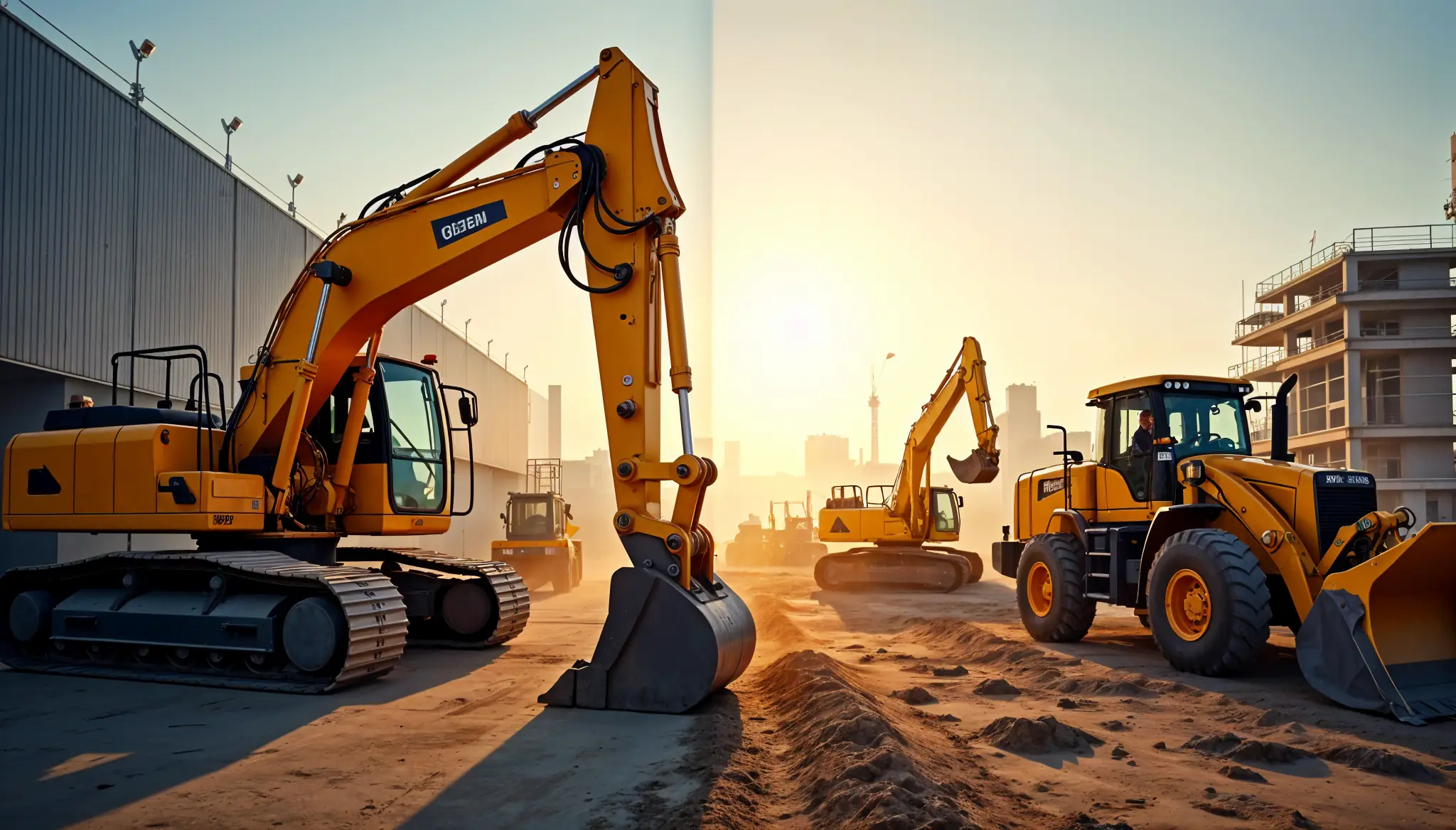
Rent vs Purchase Equipment: What Heavy Industry Experts Hide

How to Implement a Construction Inventory Management System for Equipment Efficiency
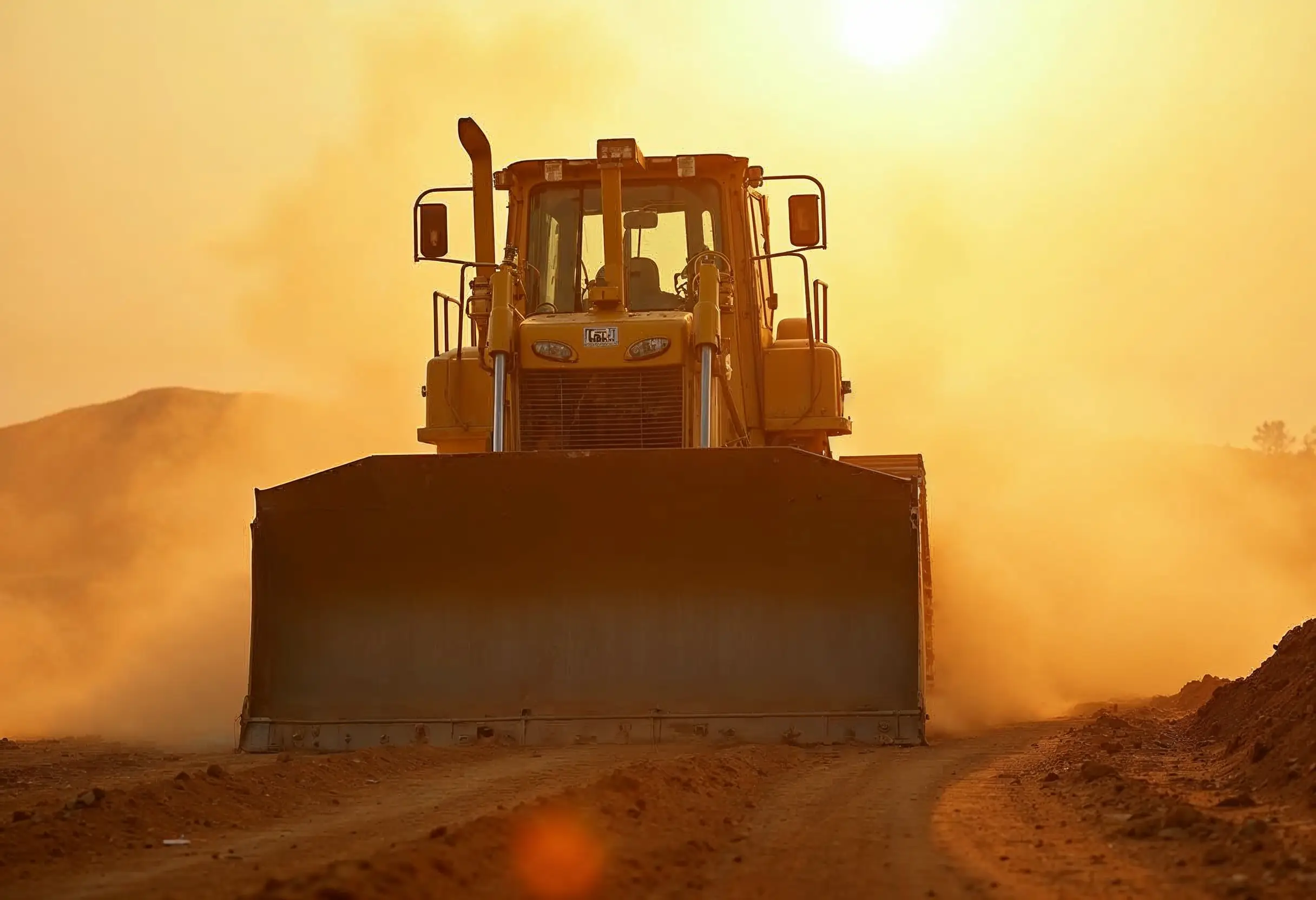
How to Extend Equipment Life Expectancy with Regular Maintenance
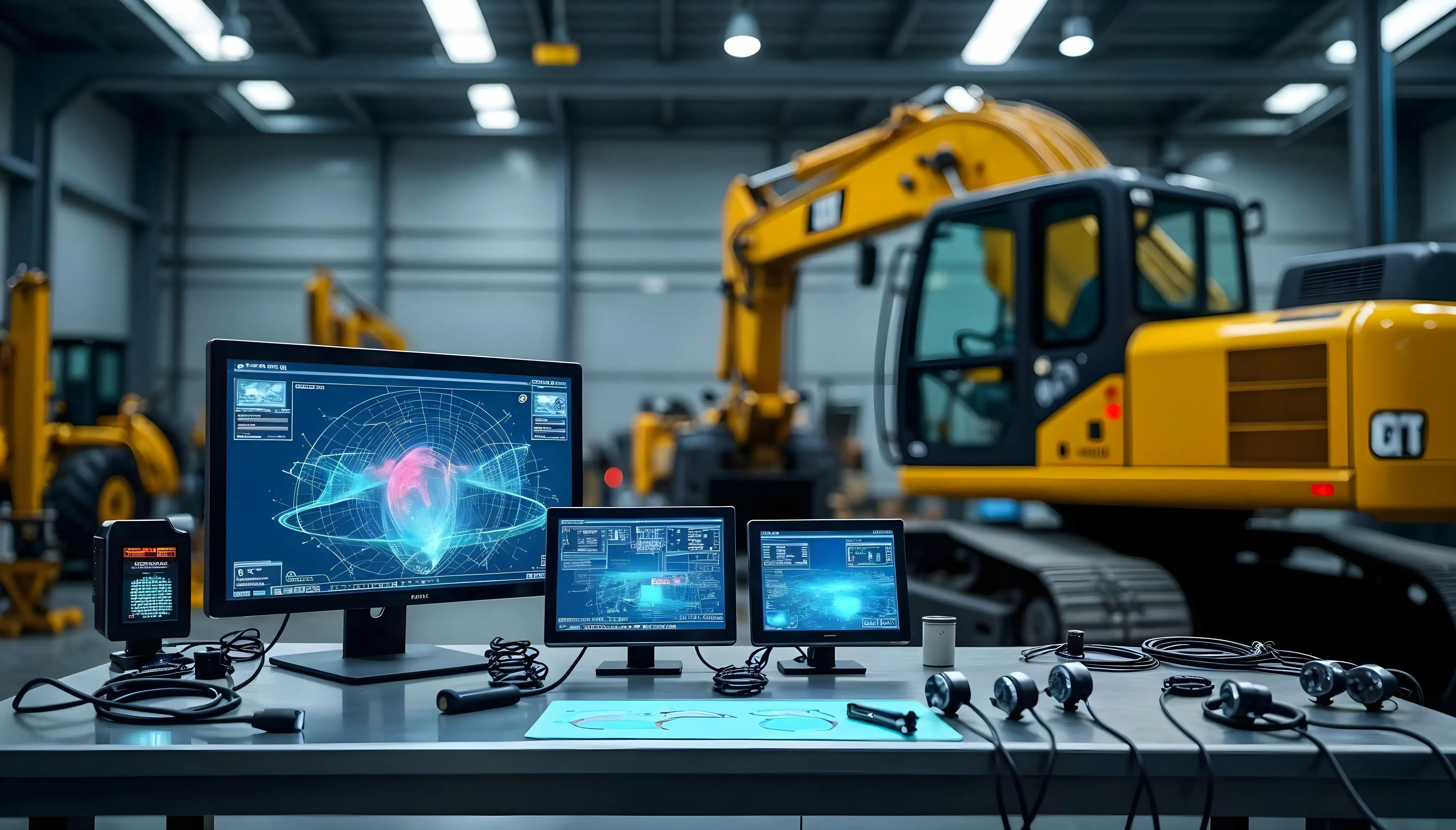
Advanced Heavy Equipment Diagnostic Tools: Ensuring Construction Machinery Quality
Essential Features Your Construction Equipment Inventory System Needs
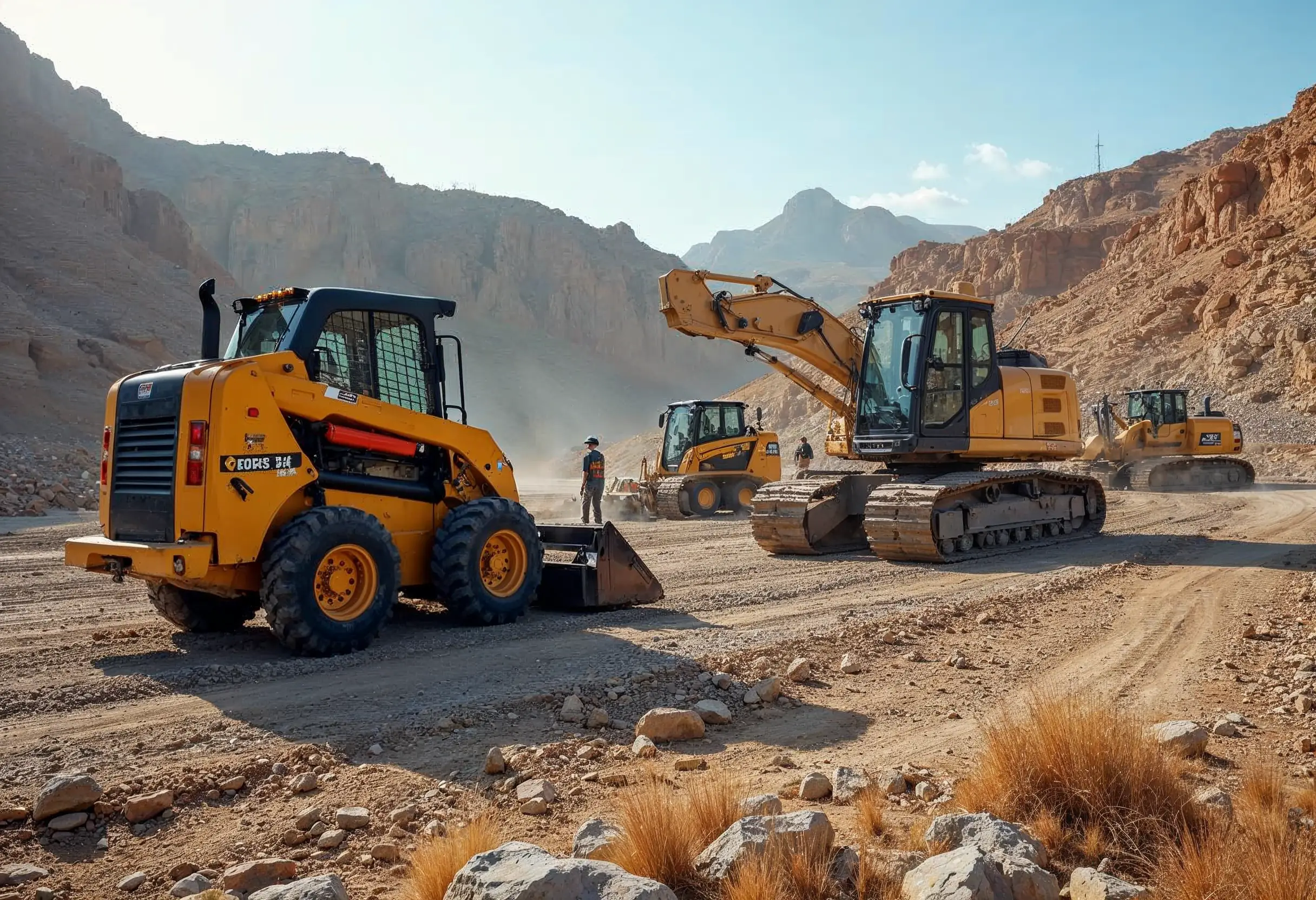
29 Quick Tips for Choosing Construction Equipment for Remote Locations

How to Select Construction Machinery with Optimal Equipment Maintenance in Mind

Top 25 Tips for Selecting Bulldozers for Construction Sites
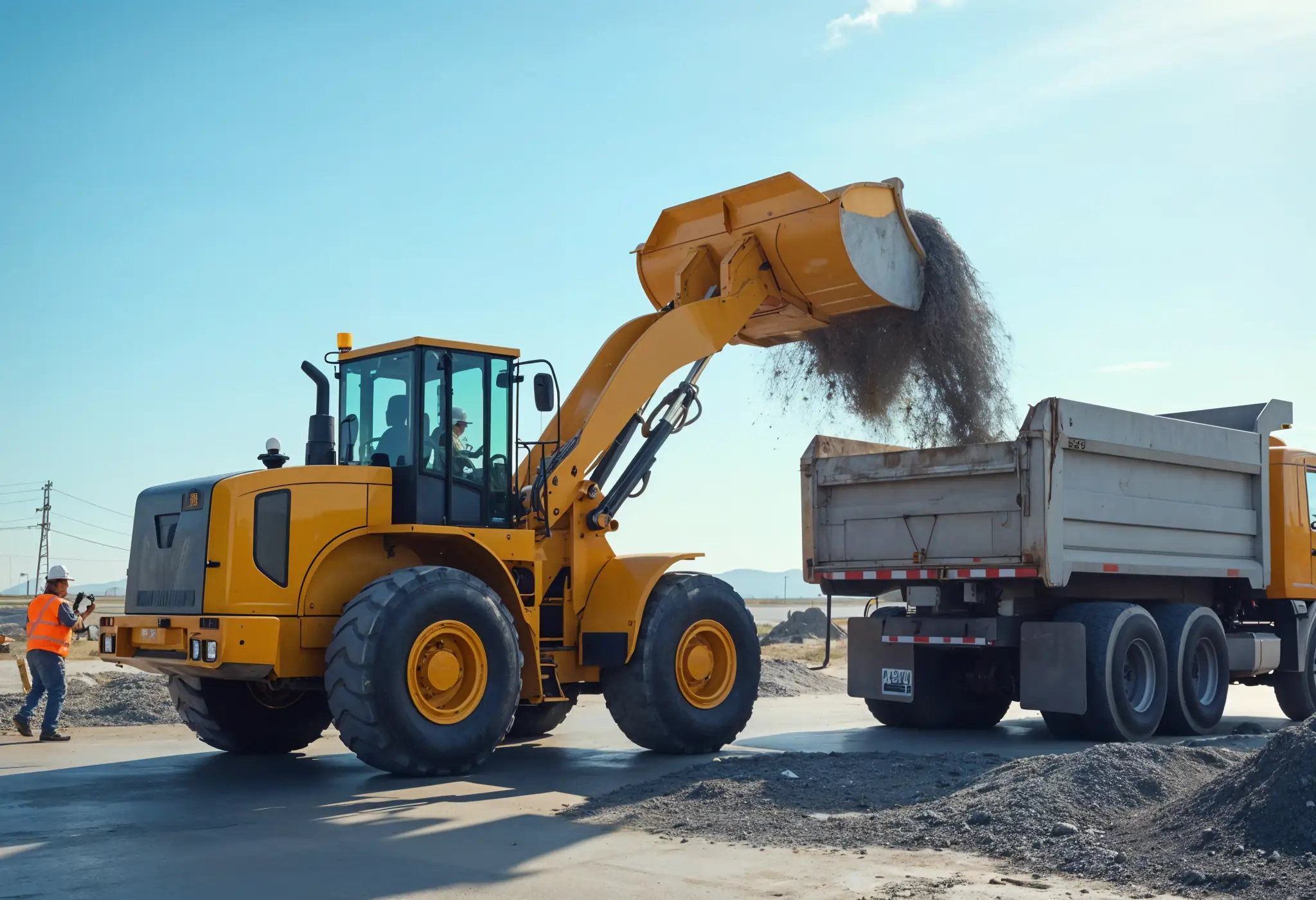
Which Construction Loader is Best for Your Project Needs?

4 Key Steps to Form a Construction Machinery QC Team

15 Essential Tips for Selecting the Perfect Crane for Construction

Maximize Savings: Multi-Purpose Construction Machinery for Lower Costs

Affordable Heavy Equipment Parts: A Sourcing Guide
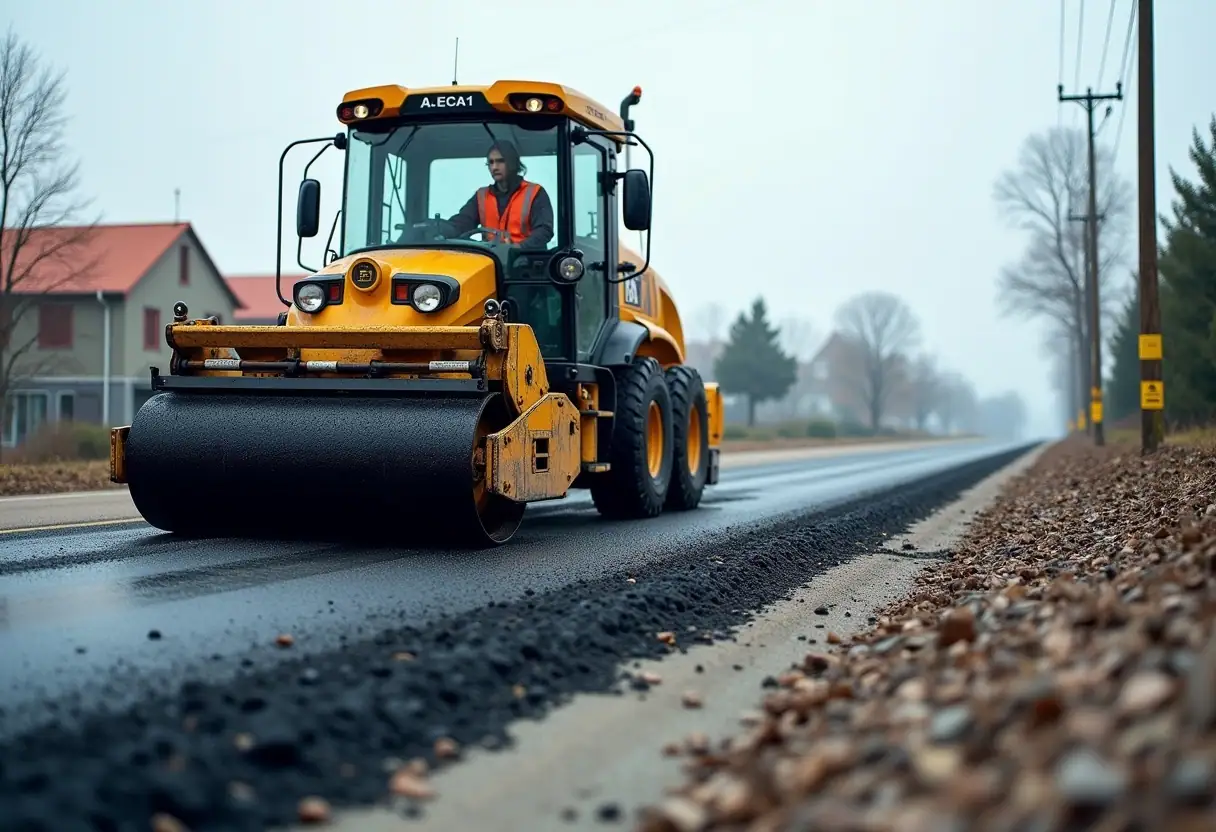
Choosing the Right Road Construction Equipment: A Complete Guide
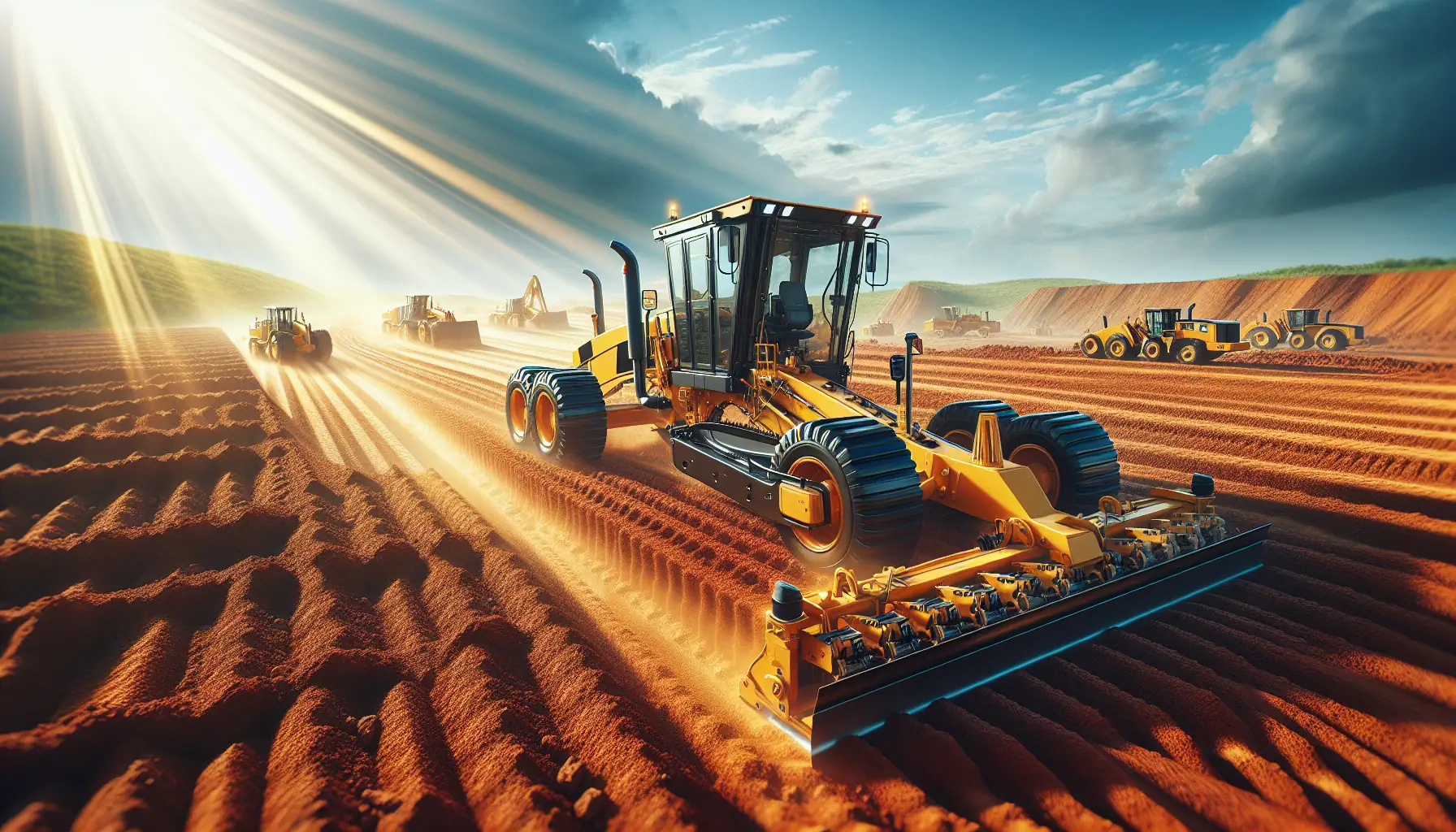
Motor Graders: Key Elements to Consider for Optimal Selection

A Detailed Guide to Choosing Excavators for Construction Work

Top Tips for Choosing Cranes for Construction Projects
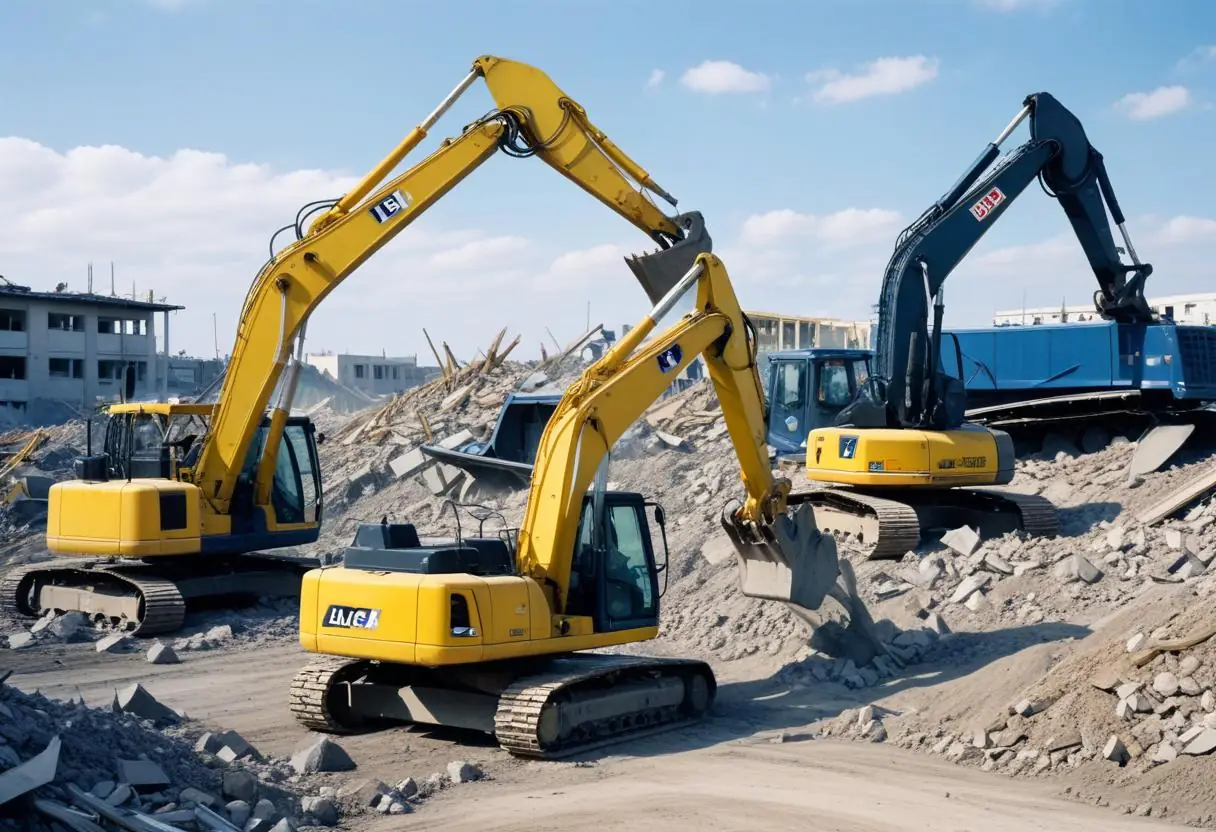
5 Top-Rated Demolition Machines for Construction Professionals

Expert Tips on Choosing Earthmoving Equipment for Large Projects
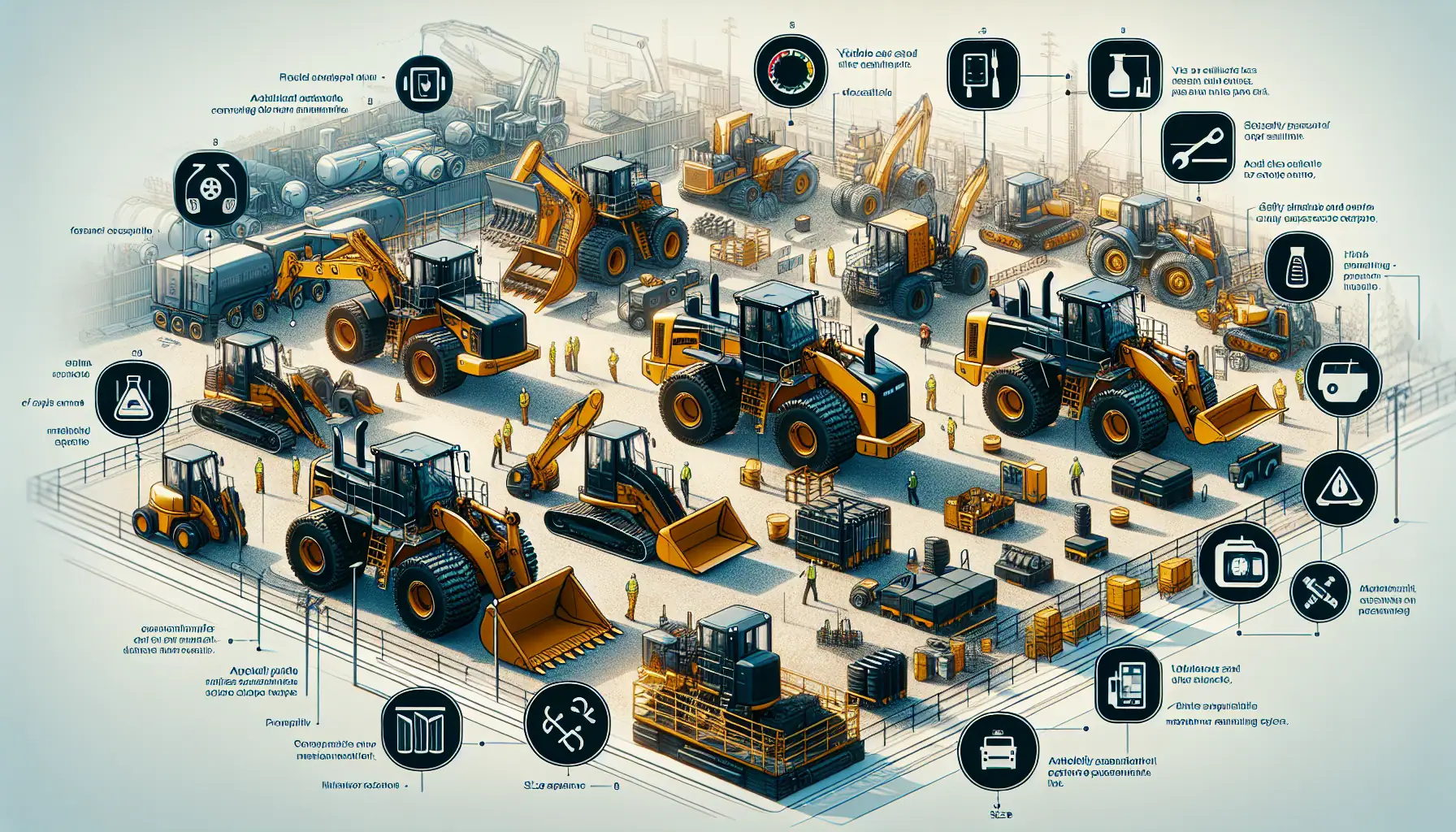
Top Functional Criteria for Selecting Heavy Construction Equipment

Construction Machinery: Detailed Guide to Equipment Specifications

Heavy Machinery Prices: Key Factors in Cost and Quality Balance
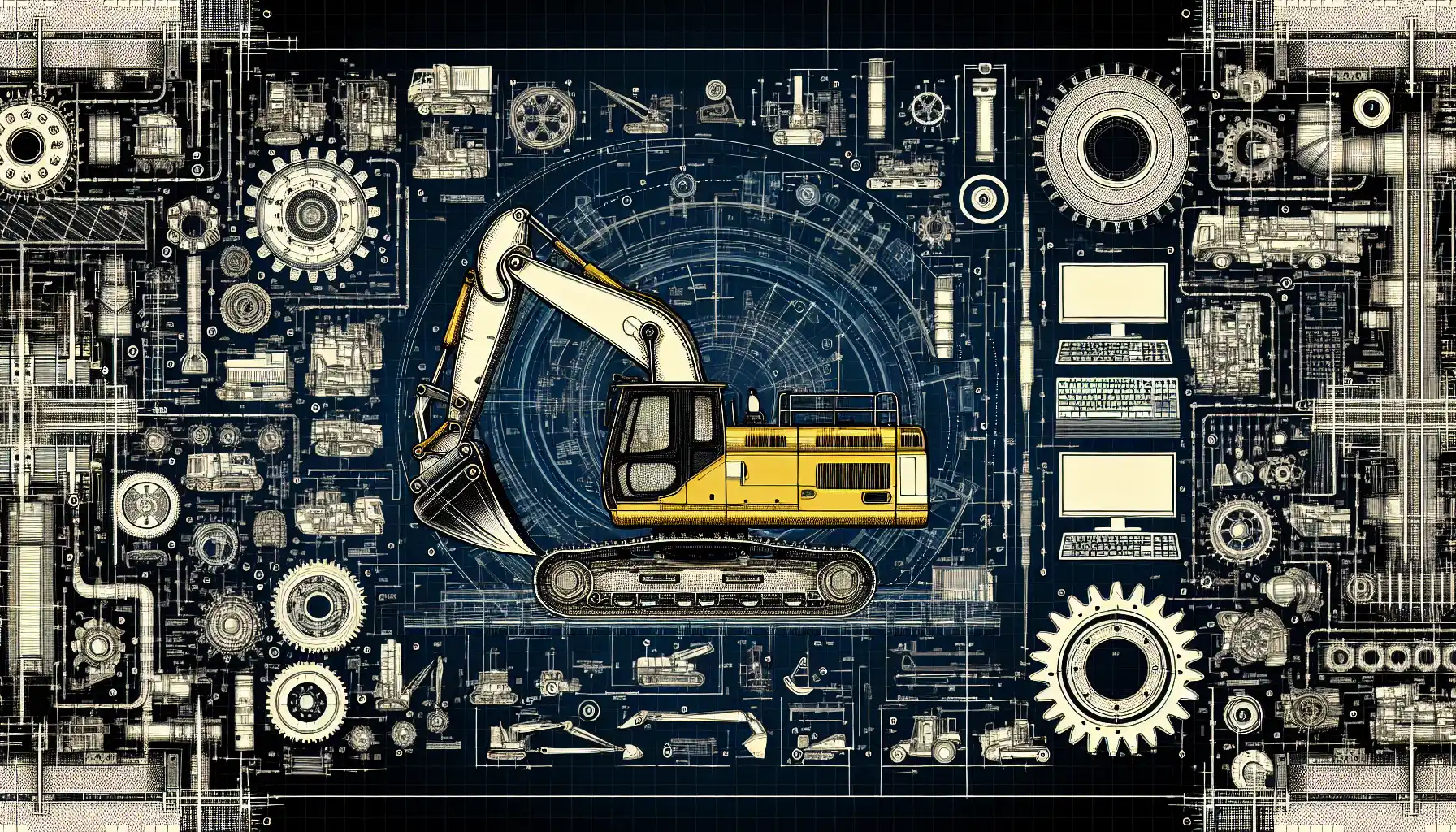
Best Construction Heavy Equipment Brands: Pros and Cons

Construction Site Equipment: How to Determine Your Requirements

Maximizing Safety: Risk Management for Construction Projects

Innovations in Construction: Transforming Machinery and Equipment

Heavy Equipment Safety: Beyond the Basics in Construction Compliance

The Essential Handbook for Construction Equipment Repair and Maintenance

How to Efficiently Source Oil and Gas Machinery Parts in NYC

Essential Guide to Sourcing Agriculture Equipment Parts

How to Source Mining Machinery Parts: Tips and Strategies
